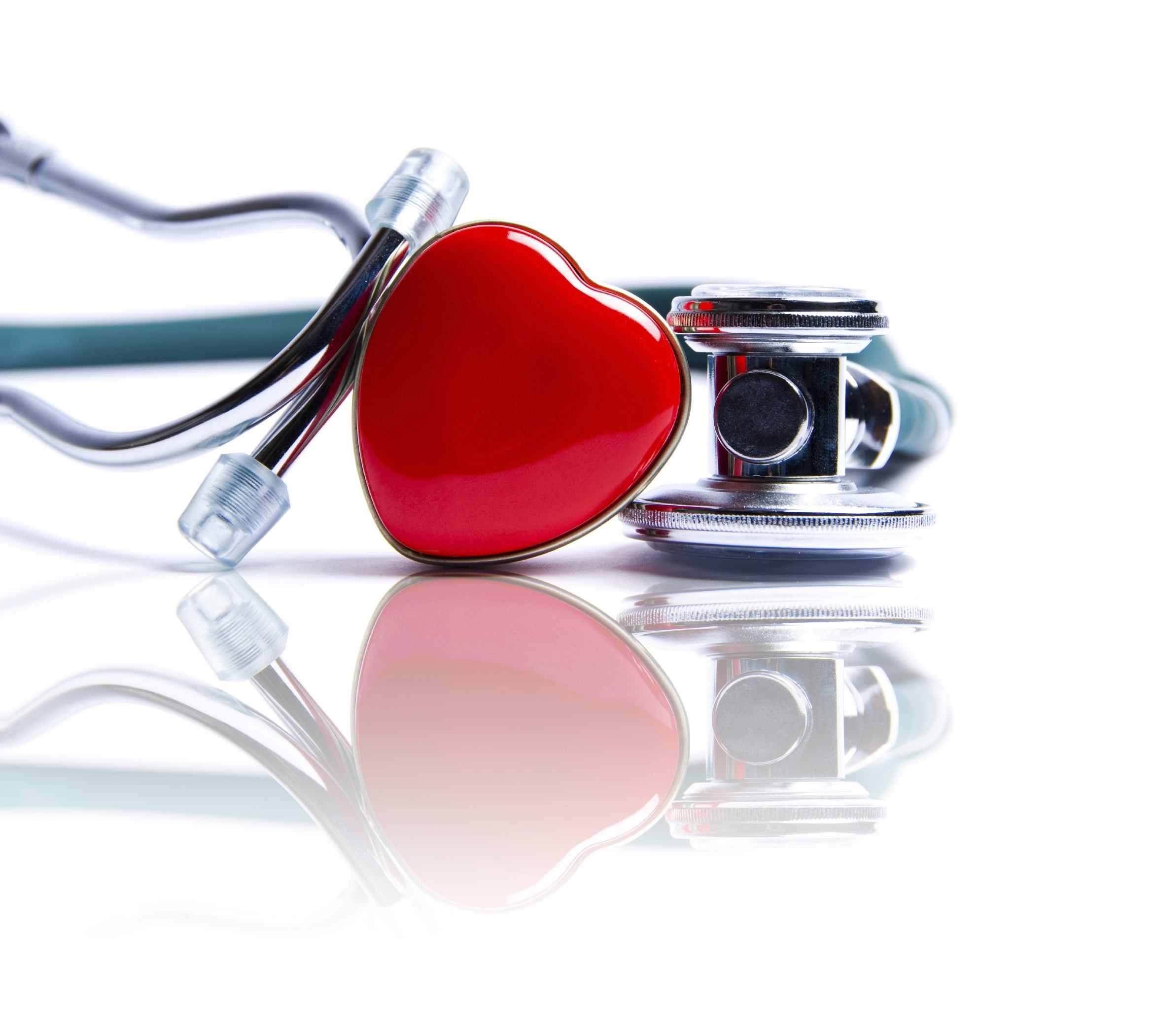
Fasting has gained traction recently due to the health benefits such as improved insulin sensitivity, reduced inflammation, and lower blood pressure. In addition, it is one of the best ways to control diet and manage weight. Technology has since caught up with this trend, with pieces like Fitbits used in different fasting regimens such as time-restricted feeding, intermittent fasting, the 16/8 method, and alternate-day fasting, among others. But how do you incorporate such technology into your fasting regimen, and what are the benefits of doing so?
Setting fasting goals
First, you can incorporate such technology into your fasting regimen by using it to set fasting goals. To do so, you will open the app on your smartphone and set a goal you want to achieve that day. For instance, you can select your daily calories and another nutrient intake, helping you track your Fasting diets. Planning well by setting goals will help you easily track your progress and go a long way in establishing a routine that helps maintain a fasting regimen.
Monitoring activity levels
Physical activity is essential when fasting because it preserves muscle mass and maintains a healthy metabolism. In addition, it supports fat loss by burning calories to create a calorie deficit. However, the low energy levels caused by fasting, especially when you are a beginner, make physical activities challenging. That's where pieces of technology like Fitbit come in. The device will monitor your activity levels and send reminders. You will be motivated and accountable as a result.
Tracking sleep patterns
Research has shown that lack of sleep increases the production of ghrelin, a hormone that stimulates hunger. Furthermore, it reduces leptin production, a hormone that signals your brain that you are full. As a result, you will feel hungry and tired, undoing the progress of your fasting regimen. You can incorporate technology like Fitbit to track your sleep patterns to determine how to change them if they are poor. This will give you enough rest, reducing the aforementioned hormonal disruption.
Monitoring heart rate and stress levels
Fasting can increase the heart rate and stress levels, especially in the initial phase, because your body releases stress hormones. The hormones adrenaline and cortisol can cause anxiety. However, you shouldn't worry much if you aren't overstretching your body. Some regimens, like water-only fasting, also lead to irregular heartbeats. You can incorporate technology, like a Fitbit device, to monitor your heart rate and seek medical attention if the condition persists.
Keeping tabs on weight loss
Incorporating technology will help you keep tabs on weight loss. You will monitor your weight loss journey because the device enables you to control your Fasting diets and holds you accountable through reminders if you slip. The device can also give you weight data, guiding you to achieve the goal faster. Some have bioimpedance sensors that assess body fat percentage and relay it to the app to help you plan your weight loss.
Losing weight comes with challenges such as hunger, cravings, digestive issues, fatigue, and sleep disturbances. Technology like Fitbit can help you monitor your body to adjust and overcome challenges. Therefore, it will help if you incorporate this technology into your fasting regimen.